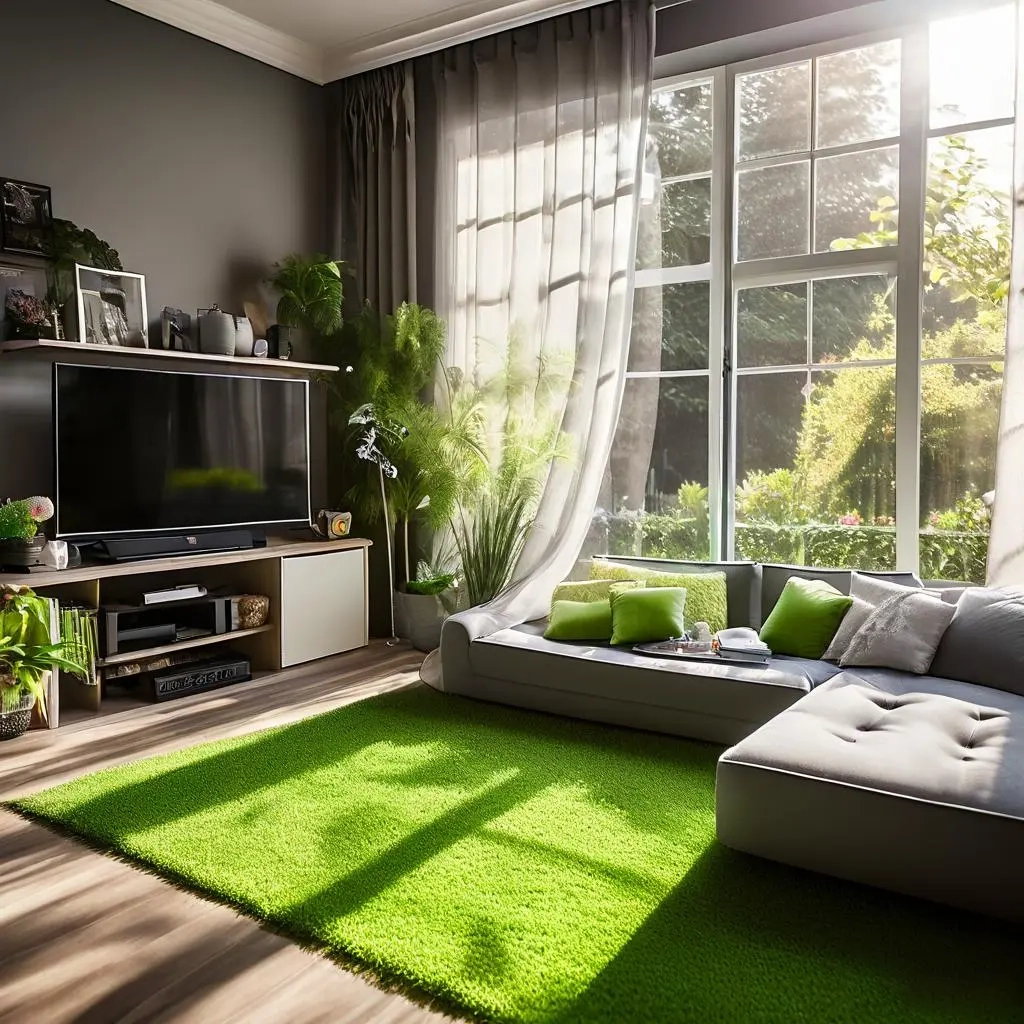
- Afrikaans
- Arabic
- Belarusian
- Bengali
- Czech
- Danish
- Dutch
- English
- Esperanto
- Estonian
- Finnish
- French
- German
- Greek
- Hindi
- Hungarian
- Icelandic
- Indonesian
- irish
- Italian
- Japanese
- kazakh
- Rwandese
- Korean
- Kyrgyz
- Lao
- Latin
- Latvian
- Malay
- Mongolian
- Myanmar
- Norwegian
- Persian
- Polish
- Portuguese
- Romanian
- Russian
- Serbian
- Spanish
- Swedish
- Tagalog
- Tajik
- Thai
- Turkish
- Turkmen
- Ukrainian
- Urdu
- Uighur
- Uzbek
- Vietnamese
choosing artificial grass
Nov . 19, 2024 19:55 Back to list
Choosing Artificial Grass A Comprehensive Guide
As homeowners and landscapers seek more sustainable and low-maintenance solutions for outdoor spaces, artificial grass has gained significant popularity. With its lush appearance and resilience, it offers an appealing alternative to natural lawns. However, choosing the right artificial grass involves more than just picking a product that looks nice. Here are some essential factors to consider before making your purchase.
1. Understand Your Needs
Before diving into the world of artificial grass, it's crucial to assess your specific needs. Consider how the area will be used. Is it for recreational purposes, such as an area for children to play or pets to roam? Or is it intended for aesthetic appeal, contributing to your landscape design? Your intended use will influence the type of artificial grass you should choose, including its durability, texture, and infill options.
2. Consider the Material
Artificial grass is primarily made from three types of materials polyethylene, polypropylene, and nylon. Each comes with its own advantages and disadvantages.
- Polyethylene is the most popular choice for residential lawns due to its softness and realistic appearance. It is durable and resists fading from the sun, making it ideal for high-traffic areas. - Polypropylene is typically the least expensive option but is less durable than the other materials. It is best suited for low-traffic areas or temporary installations.
- Nylon offers superior durability and is excellent for high-traffic uses. However, this material can be firmer underfoot and tends to be more expensive.
Understanding the properties of these materials can help you make a more informed decision based on your budget and user requirements
.3. Evaluate the Pile Height and Density
The pile height, or the length of the grass blades, significantly influences the look and feel of artificial grass. Shorter piles (about 1 inch) can provide a neat, manicured appearance suitable for lawns, while longer piles (up to 2.5 inches) create a lush, realistic look often seen in parks or recreational areas.
choosing artificial grass

Density is another critical factor, as it determines how thick and full the grass will appear. Options with higher density will look more authentic but may also come at a higher price point. Aim for a balance between aesthetics and budget when selecting pile height and density.
4. Infill Options
Infill plays a pivotal role in the performance and maintenance of artificial grass. Infill substances can provide cushioning, aid in drainage, and help stabilize the grass blades. Common infill materials include crumb rubber, silica sand, and organic alternatives like coconut fiber or cork.
Crumb rubber is highly durable and provides excellent shock absorption. Silica sand is often used for its drainage capabilities and is a more affordable option. Organic infills are environmentally friendly and can enhance temperature regulation and moisture retention. Consider your environmental impact and maintenance preferences when selecting infill materials.
5. Drainage and Maintenance
Effective drainage is crucial for preventing water accumulation and maintaining the quality of your artificial lawn. Look for products with a backing that ensures optimal water flow, which facilitates swift drainage and prevents mold growth.
While artificial grass requires significantly less maintenance compared to natural lawns, some care is still necessary. Regular brushing to keep the fibers upright, occasional washing to remove dirt and debris, and checking for infill distribution are essential maintenance tasks. Understanding the upkeep required can help you enjoy your artificial lawn in the long run.
6. Warranty and Durability
When investing in artificial grass, consider the warranty offered by the manufacturer. A robust warranty typically indicates confidence in the product's durability and performance. Look for warranties that cover fading, manufacturing defects, and wear, often lasting between 8 to 15 years.
Conclusion
Choosing artificial grass is a significant investment that can transform your outdoor space. By understanding your needs, materials, pile height, infill options, drainage requirements, and warranty coverage, you can make a well-informed decision that aligns with your lifestyle and aesthetic preferences. With careful consideration, artificial grass can provide a beautiful, functional, and low-maintenance solution for your lawn that lasts for years to come.
-
The Benefits of Artificial Turf for Indoors
NewsJul.15,2025
-
How Artificial Grass Suppliers Ensure Quality Products
NewsJul.15,2025
-
Artificial Grass and Pets: A Space for Relaxation
NewsJul.08,2025
-
Balcony & Outdoor Decoration with Artificial Grass
NewsJul.08,2025
-
Best Indoor Artificial Grass for Home
NewsJul.07,2025
-
Best Pet Turf for Dogs: Safe & Durable Artificial Grass Options
NewsJul.07,2025
Products categories









